While I was down with the flu, I was finding it very hard to just rest. I am so unused to lying around and doing nothing! So some of the time I did some crochet and I’ve continued to do bits of it during odd moments, like waiting for my daughter to get out of her play rehearsals, etc… It’s an obsession.
I blogged about Regency Crochet a few years ago. At that point I was unable to discover much evidence of ladies crocheting during the Regency, although it was possible. It was around that time that tambour work (embroidery that resembles crochet on fabric) evolved into what the French called “crochet in the air”. Crochet didn’t become popular in England until the time of Victoria. (Check out that old post if you want to see some examples of truly hilarious modern Bad Crochet.)
Anyway, today for fun I tried googling “Regency crochet”.
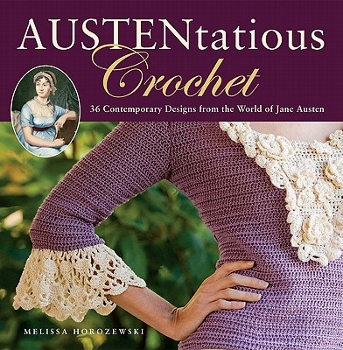 I found a book called “Austentatious Crochet: 36 Contemporary Designs from the World of Jane Austen”. Some of the patterns use crochet technique effectively; some I’m not so sure about as they use swathes of single or double crochet (boring!) to do what might be done with ordinary fabrics. For instance, I think I would redo the cover pattern by just adding the crochet embellishments to a knit top.
I found a book called “Austentatious Crochet: 36 Contemporary Designs from the World of Jane Austen”. Some of the patterns use crochet technique effectively; some I’m not so sure about as they use swathes of single or double crochet (boring!) to do what might be done with ordinary fabrics. For instance, I think I would redo the cover pattern by just adding the crochet embellishments to a knit top.
There’s an example of another pretty item that uses crochet more effectively, Lizzie’s Lace Mantelet, on the Ravelry website.
Sense & Sensibility Patterns has some crochet patterns mostly inspired by periods other than the Regency, but cute, like these Edwardian style earrings designed by Jenny Chancey.
At the Jane Austen Centre website, I found a pattern for crocheted gloves. Now these look fun to make although I wonder if they would stretch as easily as the pattern claims. I have longish fingers and gloves often feel a smidge small to me. If I do this, I’m going to check them against my hands frequently and add rows if I need to.
The Jane Austen Centre also has a page on the art of tatting. That’s something I would very much like to try sometime. It says it can be addictive and I don’t doubt it would be for me! I have a plain fabric reticule made to go with my Regency gown and it would be fun to decorate it with tatting like the one below.
 Anyone else enjoy handicrafts of any sort, to make or to wear? What should I work on next (besides finishing the mess-in-progress)?
Anyone else enjoy handicrafts of any sort, to make or to wear? What should I work on next (besides finishing the mess-in-progress)?

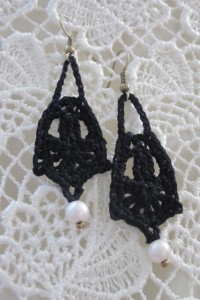
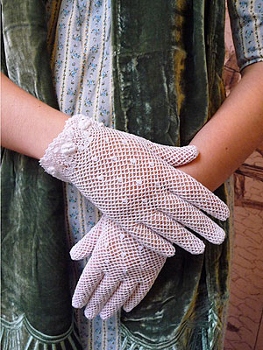
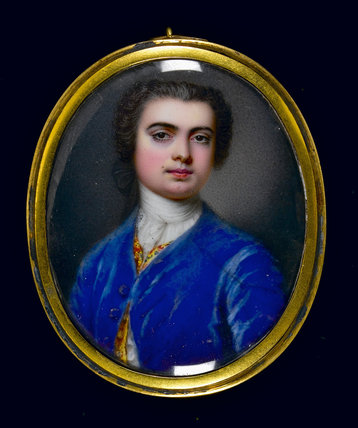
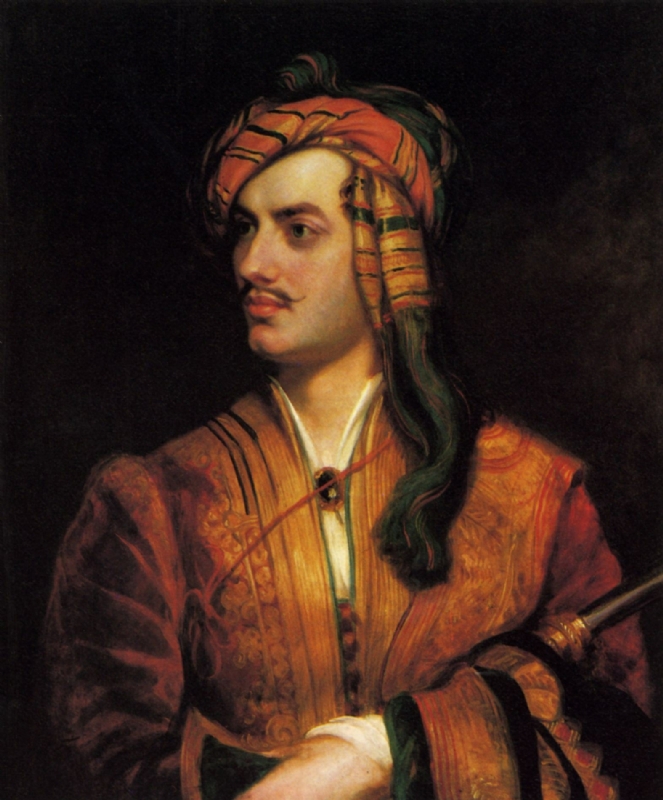
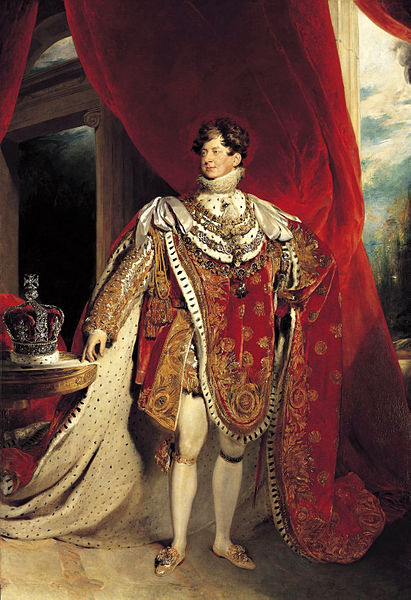
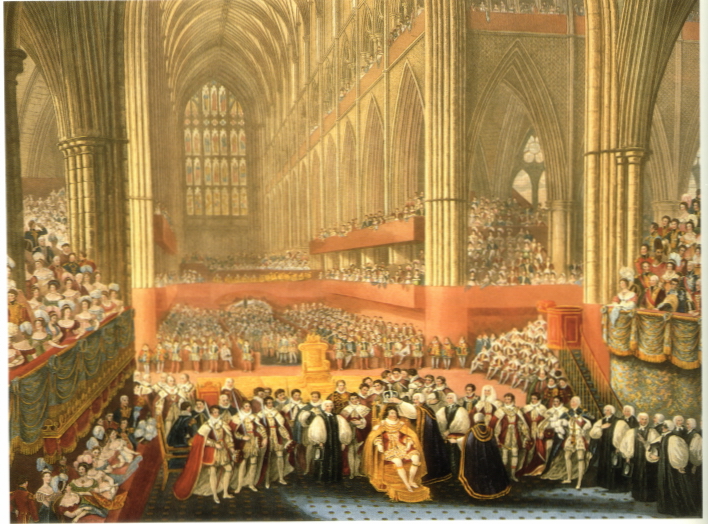
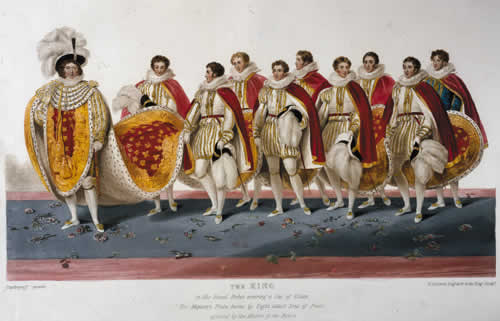
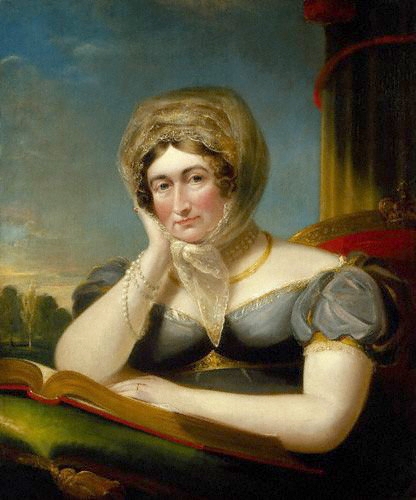
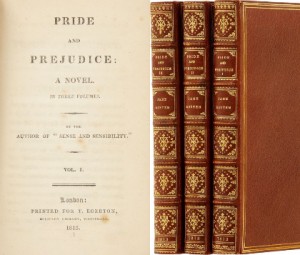 Jane Austen’s “own darling Child” was, of course, the published Copy of Pride & Prejudice. This is month is the 200th anniversary of its publication and a big month for Janeites.
Jane Austen’s “own darling Child” was, of course, the published Copy of Pride & Prejudice. This is month is the 200th anniversary of its publication and a big month for Janeites.